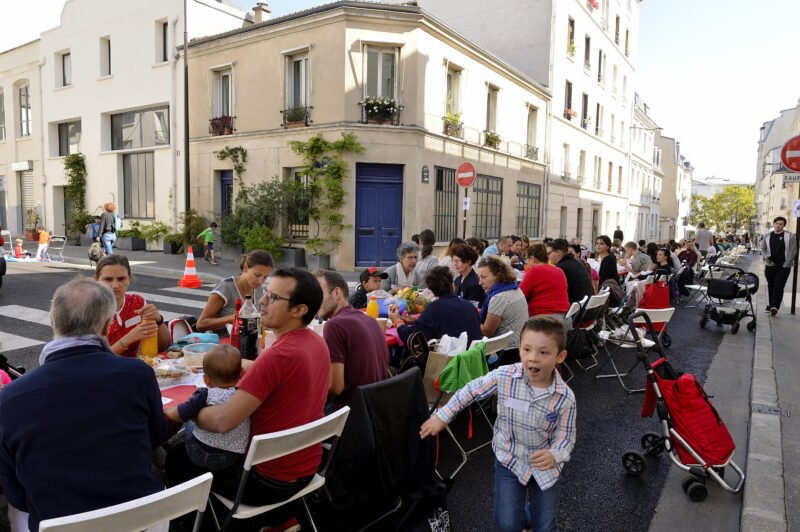Falling In Love With A City
On October 16 the movie ‘New York, I Love You’ will hit theatres in the United States. The movie is about the love for a city, and, in this particular case, the love for the city of New York.
We all know what it’s like to fall in love with a city. It’s all about atmosphere and style. That’s why this movie is interesting. It captures the style and emotion of New York City, seen through the eyes of other movie directors. This film directed by Vivendi Entertainment is not only about love for the city, but also about love in the city. The film is completely composed of scenes of other movies that were shot in New York. It’s a compilation movie that contains no unique material. This makes that ‘New York, I Love You’ has an exceptional line-up of famous actors and actresses. ‘New York, I Love You’ is a follow-up of the movie ‘Paris Je t’Aime’, that was made consistent with the same concept, but then about Paris.

The whole made me think of an older compilation movie that tried to capture the atmosphere of Los Angeles by using ready made film shots of LA. Thom Andersen’s ‘Los Angeles Plays Itself’ (2003) has never made it to the big screen though, suffering from problems with copyrights.
‘Los Angeles Plays Itself’ has become an architectural cult movie, forbidden, and sparely available. The movie is popular among architects and spatial designers while it reflects on the topic of modern architecture rather than on the topic of love. Thom Andersen argues that the city of Los Angeles contains a lot of interesting modern architecture, which is completely neglected by the Hollywood movie scene when choosing their locations. The world has therefore a wrong idea about Los Angeles architecture and life. His documentary is an examination about this phenomenon that he describes as “Hollywood’s war against modern architecture”.
“Of the cities in the world, few are depicted in and mythologized more in film and television than the city of Los Angeles. In this documentary, Thom Andersen examines in detail the ways the city has been depicted, both when it is meant to be anonymous and when itself is the focus. Along the way, he illustrates his concerns of how the real city and its people are misrepresented and distorted through the prism of popular film culture. Furthermore, he also chronicles the real stories of the city’s modern history behind the notorious accounts of the great conspiracies that ravaged his city that reveal a more open and yet darker past than the casual viewer would suspect.”



